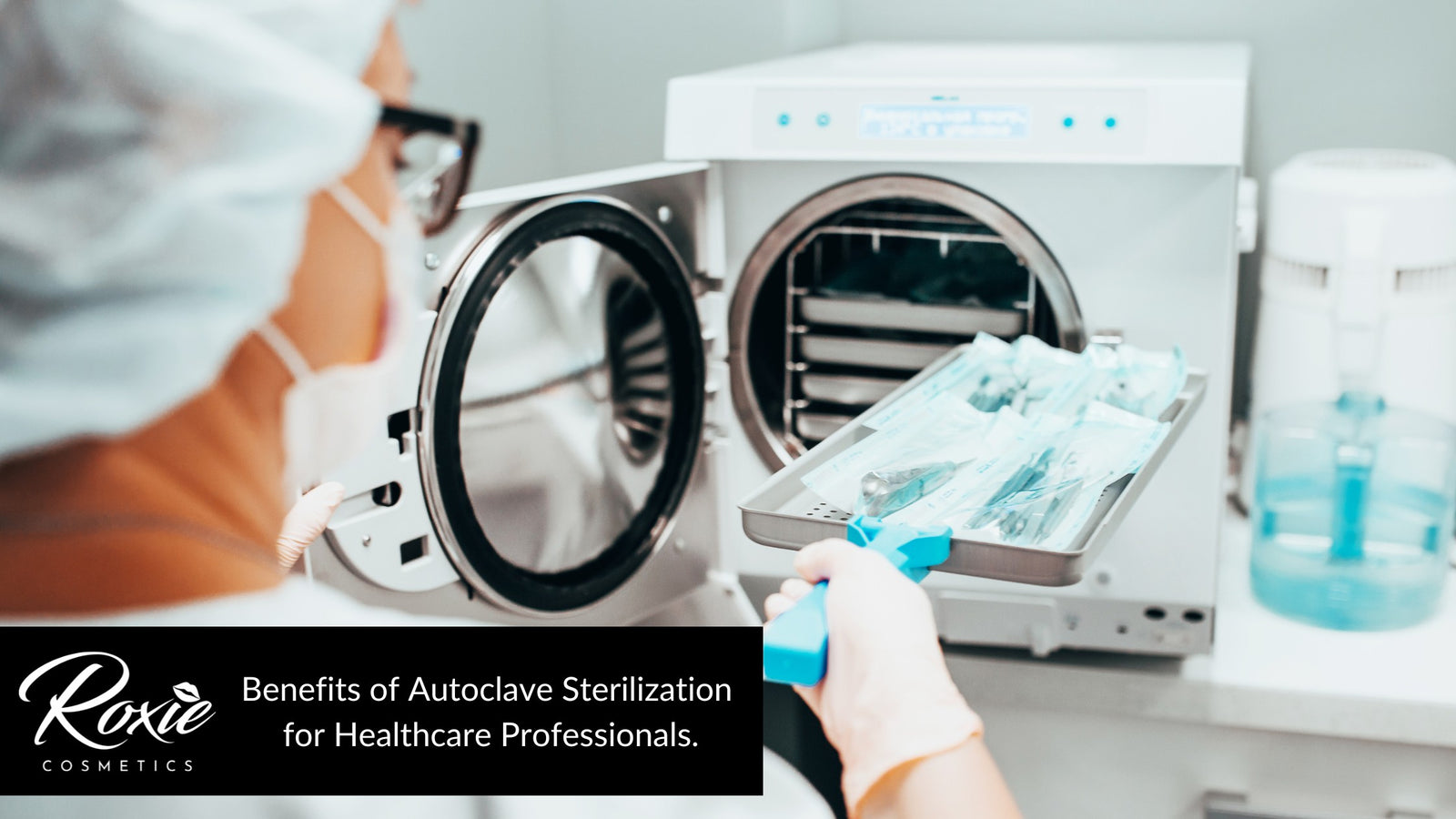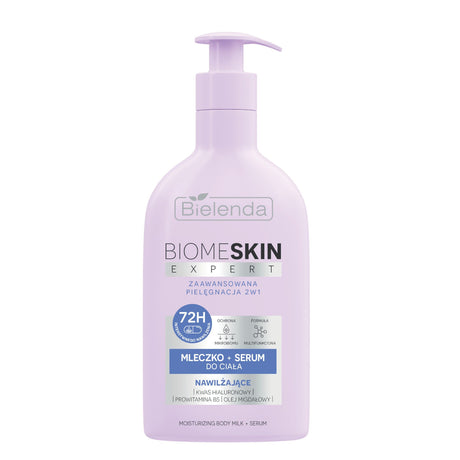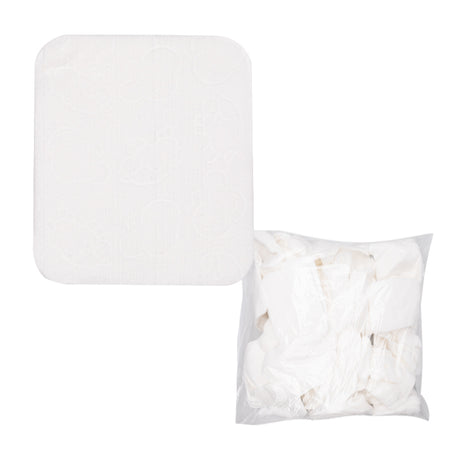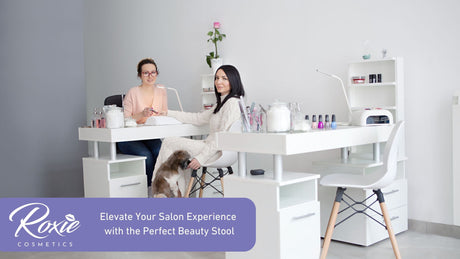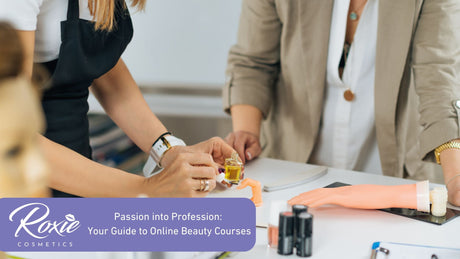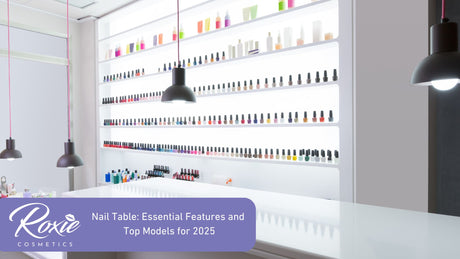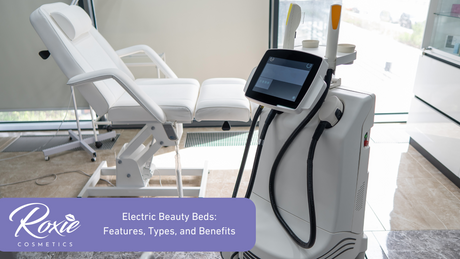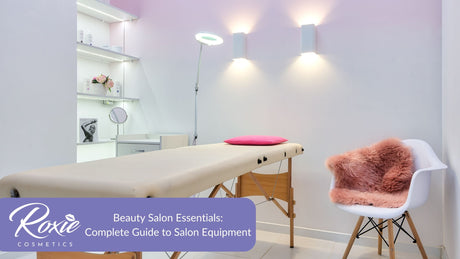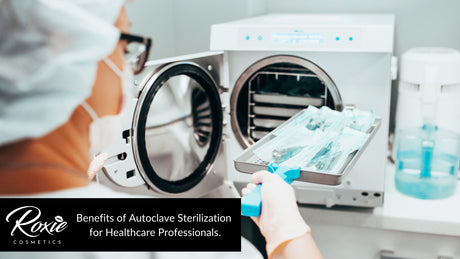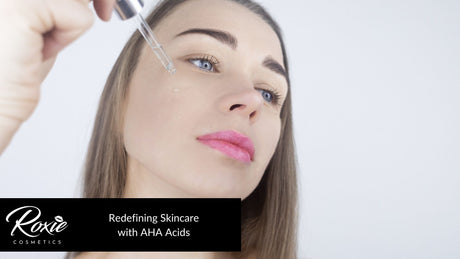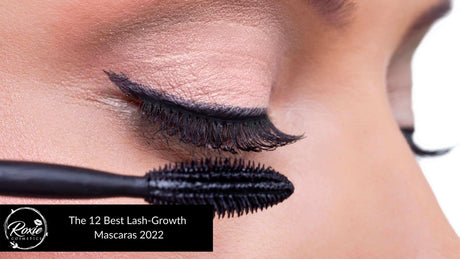Introduction/Overview of Autoclave Sterilization
Autoclave sterilization is a critical part of a healthcare professional's mission to ensure patient safety. Without proper sterilization of instruments and other medical materials, contamination can lead to serious illness or death. Autoclave sterilization is a process of applying intense heat, pressure, and steam to kill bacteria, viruses, and other microorganisms from medical instruments, gowns, and other materials.
The heat, pressure, and steam are generated by a machine called an autoclave. Autoclaves use electricity and water, or steam from a boiler, to generate the necessary heat. The pressure then helps to accelerate the rate of the steam to reach the desired temperature. This process is extremely effective and can be used to sterilize a wide variety of medical instruments, gowns, and other materials in a relatively short period of time.
Autoclave sterilization is a reliable and efficient method for sterilization that has been used for decades in the healthcare industry. It is an effective way to reduce the risk of infections or contamination due to devices and materials that have come into contact with patients. Autoclave sterilization helps to protect the safety of healthcare professionals, the environment, and patients who rely on them for care.
Health Hazards and Contamination Preventions
The use of autoclaves for sterilization is essential to prevent the spread of microorganisms and contamination. Bacteria, viruses, fungi, and other microbes are known to spread disease and can be dangerous to both healthcare professionals and patients. Without proper sterilization, instruments can contain harmful microorganisms and these can spread to other surfaces or even the people that come into contact with them.
Autoclave sterilization is the most effective way to eliminate these microorganisms and reduce the risk of infection. The intense heat, pressure, and steam of the autoclave exponentially increases the temperature and kills any organisms that may be present. Proper use of the autoclave helps to ensure that instruments are safe to use on patients and have no potential for causing harm.
Using the right autoclave sterilization methods and guidelines helps to increase safety and reduce the risk of contamination. It is always important to properly clean and disinfect instruments before sterilization. In addition, the amount of time and temperature settings for the autoclave must also be carefully monitored to ensure instruments reach the desired level of sterilization.
Time-saving Potential of Autoclave Sterilization
In addition to providing safety and reducing the risk of contamination, autoclave sterilization is also an effective way to save time for healthcare professionals. Autoclaves are usually much faster than other sterilization methods and can sterilize a variety of materials in a much shorter period of time. This means healthcare workers can spend less time sterilizing instruments and more time providing care to patients.
The time-saving potential of autoclave sterilization also helps to make it cost-effective. It eliminates the need for long autoclaving cycles, since the process is so efficient and quick. Additionally, autoclave sterilization can help to reduce instrument turnover times, which is especially important in busy healthcare settings.
Finally, the time-saving potential of autoclave sterilization also helps to improve patient safety. Less time spent sterilizing instruments translates to faster treatment times, which can help to ensure patient safety and reduce the risk of infections and contamination.
Potential Advantages Over Other Sterilization Methods
Autoclave sterilization is often considered one of the most effective ways to sterilize instruments and medical materials. Compared to other sterilization methods, such as chemical or propylene oxide, autoclave sterilization is less expensive and more efficient. Autoclave sterilization is also capable of sterilizing a wide variety of materials whereas some other methods may be limited in terms of the materials that can be sterilized.
Find Roxie Cosmetics offer of Professional Autoclave.
In addition, autoclave sterilization is the only method that can guarantee the complete elimination of all microorganisms. Other sterilization methods may leave some residual microorganisms on instruments, and these can contribute to the spread of infections and contamination. Autoclave sterilization, however, is able to thoroughly sterilize instruments to reduce the risk of contamination.
Machine Safety and Regulations
In order to keep healthcare workers and patients safe, it is essential to use autoclave sterilization according to the manufacturer’s instructions and guidelines. Autoclaves must be routinely checked and maintained to ensure optimal safety and performance. Additionally, some states may have regulations regarding the use and maintenance of autoclaves, and it is important to follow these regulations.
When using an autoclave, healthcare workers should take all necessary safety precautions, such as wearing protective gloves and safety goggles. It is also important to ensure the autoclave is used in a ventilated area with adequate lighting. In addition, workers should always allow the autoclave to cool before removing items from it to ensure that they are not burned.
Cost-Saving Opportunities
Autoclave sterilization can be expensive, but there are ways to reduce costs. Some healthcare facilities may qualify for government grants or discounts on autoclave purchases. Additionally, healthcare facilities can take steps to increase the efficiency of their autoclave machines. This can include properly cleaning and maintaining the autoclave, as well as assessing the frequency of use and replacing parts that are worn out.
Finally, healthcare professionals can take advantage of educational materials to help reduce their autoclave costs. Understanding how the autoclave works, as well as proper use and maintenance of the machine, can help to increase efficiency and reduce costs. The internet and other educational resources can be a great source of information for healthcare professionals who need assistance.
Discussion of Educational Resources
Utilizing educational materials is an essential part of reducing costs associated with autoclave sterilization. The internet can be an invaluable source of information on autoclave sterilization and best practices. Professional organizations, such as the Association for the Advancement of Medical Instrumentation, offer resources on autoclave safety and maintenance. In addition, manufacturers can provide technical support and information on proper use and maintenance.
It is also important to attend workshops and seminars on autoclave sterilization. These educational opportunities can help healthcare workers stay up-to-date on the safest and most effective techniques. In addition, attending workshops and seminars can provide healthcare professionals with the opportunity to network and learn from their peers and other experienced professionals.
Find Roxie Cosmetics offer of Professional Autoclave.
Conclusion and Summary
Autoclave sterilization is an essential part of a healthcare professional's mission to ensure patient safety. Proper use of autoclaves can help to reduce the risk of infection and contamination, as well as save time and money. Autoclave sterilization is an effective method for sterilizing medical instruments and other materials and is the only method that can guarantee the complete destruction of all microorganisms. In order to maximize the safety and efficiency of autoclaves, healthcare professionals should use the right autoclave sterilization methods and guidelines, attend educational workshops and seminars, and use the internet and other resources for support and information.

